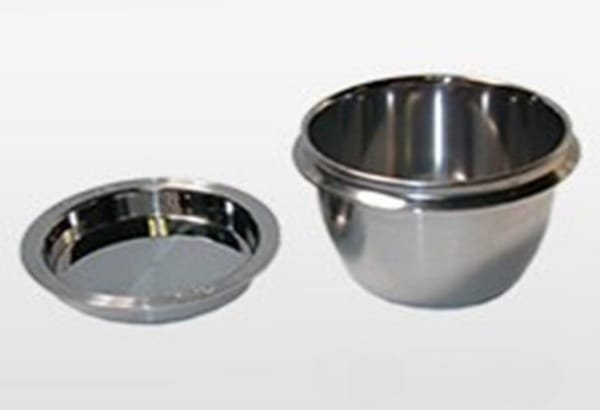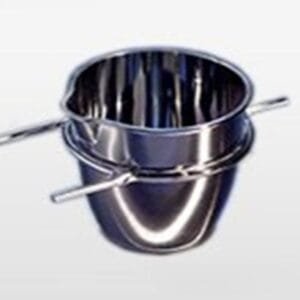Phoenix Platinum Crucibles & Molds Description


Phoenix Platinum Crucibles & Molds Specification
Size: Customized;
Material: PtAu5 (95% Pt and 5% Au)
Purity: Pt ≥ 99.95%
Below is our regular product list. We can also customize various shapes according to your requirements or drawings. Contact our experts for further information. All weights are in grams and all dimensions are in millimeters.
Phoenix Platinum Crucibles
Code | Description | B | A1 | D | Weight |
PT0701 | Flared Type | 36 | 36 | 20 | 40 |
PT0702 | Flared Type | 43 | 36 | 20 | 40 |
PT0703 | Flared Type | 36.5 | 34 | 20 | 40 |
PT0704 | Rolled lip type | 38 | 33 | 21 | 40 |
PT0705 | Rolled lip type | 30 | 33 | 20 | 30 |
PT0706 | Rolled lip type | 35 | 40 | 22 | 36 |

Phoenix Platinum Molds
Code | D2 | A2 | A1 | F | Weight |
PT0707 | 30 | 32 | 42 | 3 | 60-100 |
PT0708 | 30 | 32 | 42 | 4 | 60-100 |
PT0709 | 30 | 32 | 46 | 3 | 60-100 |
PT0710 | 32 | 34 | 46 | 3 | 60-100 |
PT0711 | 33 | 35 | 46 | 3 | 60-100 |
PT0712 | 39 | 41 | 52 | 3 | 60-100 |
PT0713 | 39 | 41 | 56 | 3 | 60-100 |

Phoenix Platinum Crucibles & Molds Packaging
Our Phoenix Platinum Crucibles & Molds are clearly tagged and labeled externally to ensure efficient identification and quality control. Great care is taken to avoid any damage which might be caused during storage or transportation.





Reviews
There are no reviews yet.